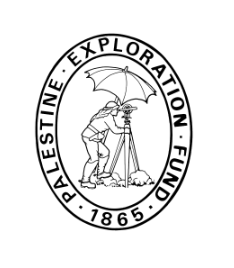CARLSBERG FOUNDATION RESEARCH GRANTS┋SEMPER ARDENS: ADVANCE
Semper Ardens Advance grants are five-year grants to support visionary research projects at the highest international level aiming at scientific breakthroughs. Projects venturing into new scientific territory will be prioritised.
WHO?
It is possible to apply as a single applicant (PI) or as a team of maximum four co-PIs.
In the case of applications as a co-PI team, one of the applicants must act as main responsible for contact with the foundation and administration of the grant, should the application be successful.



